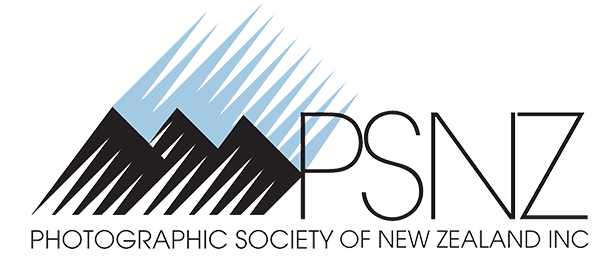Format and Subject Options
Open Section – Prints and Digital Images
The Open Section is open to all OPTICALLY created images, conventional or digital. The Open Print section caters for all types of prints, conventional, collage, polaroid transfers, digitally output prints, etc. Composite images must contain only original work by the photographer.
Nature Section – Prints and Digital Images
A Nature portfolio may be one of two types: Nature or Wildlife.
Nature:
Nature photography is restricted to the use of the photographic process to depict all branches of natural history, except anthropology and archaeology, in such a fashion that a well-informed person will be able to identify the subject material and certify its honest presentation. The story telling value of a photograph must be weighed more than the pictorial quality while remaining high technical quality.
Human elements shall not be present, except where those human elements are integral parts of the nature story such as nature subjects – such as barn owls or storks – adapted to an environment modified by humans, or where those human elements are in situations depicting natural forces, such as hurricanes or tidal waves. Scientific bands, scientific tags or radio collars on wild animals are permissible.
Photographs of human created hybrid plants, cultivated plants, feral animals, domestic animals, or mounted specimens are not eligible; nor is any form of manipulation that alters the truth of the photographic statement. No techniques that add, relocate, replace, or remove pictorial elements except by cropping are permitted. Techniques that enhance the presentation of the photograph without changing the nature story or the pictorial content, or without altering the content of the original scene, are permitted including HDR, focus stacking and dodging/burning.
Techniques that remove elements added by the camera, such as dust spots, digital noise and film scratches, are allowed. Stitched images are not allowed. All allowed adjustments must appear natural. Colour images can be converted to grey-scale monochrome. Infrared images, either direct-captures or derivations, are not allowed.
Images entered in Nature sections meeting the Nature Photography Definition above may have landscapes, geologic formations, weather phenomena and extant organisms as the primary subject matter. This includes images taken with the subjects in controlled conditions, such as zoos, game farms, botanical gardens, aquariums and any enclosure where the subjects are totally dependent on man for food.
Photographers must have complied with the PSNZ Nature Code of Conduct.
Wildlife:
Images entered in Wildlife section meeting the Nature Photography Definition above are further defined as one or more extant zoological or botanical organism free and unrestrained in a natural or adopted habitat. Landscapes, geologic formations, photographs of zoo or game farm animals or of any extant zoological or botanical species taken under controlled conditions are not eligible in Wildlife sections. Wildlife is not limited to animals, birds and insects. Marine subjects and botanical subjects (including fungi and algae) taken in the wild are suitable wildlife subjects, as are carcasses of extant species.
No techniques that add, relocate, replace, or remove pictorial elements except by cropping are permitted. Techniques that enhance the presentation of the photograph without changing the nature story or the pictorial content, or without altering the content of the original scene, are permitted including HDR, focus stacking and dodging/burning.
Techniques that remove elements added by the camera, such as dust spots, digital noise, and film scratches, are allowed. Stitched images are not permitted. All allowed adjustments must appear natural. Colour images can be converted to grey-scale monochrome. Infrared images, either direct-captures or derivations, are not allowed.
Photographers must have complied with the PSNZ Nature Code of Conduct.
